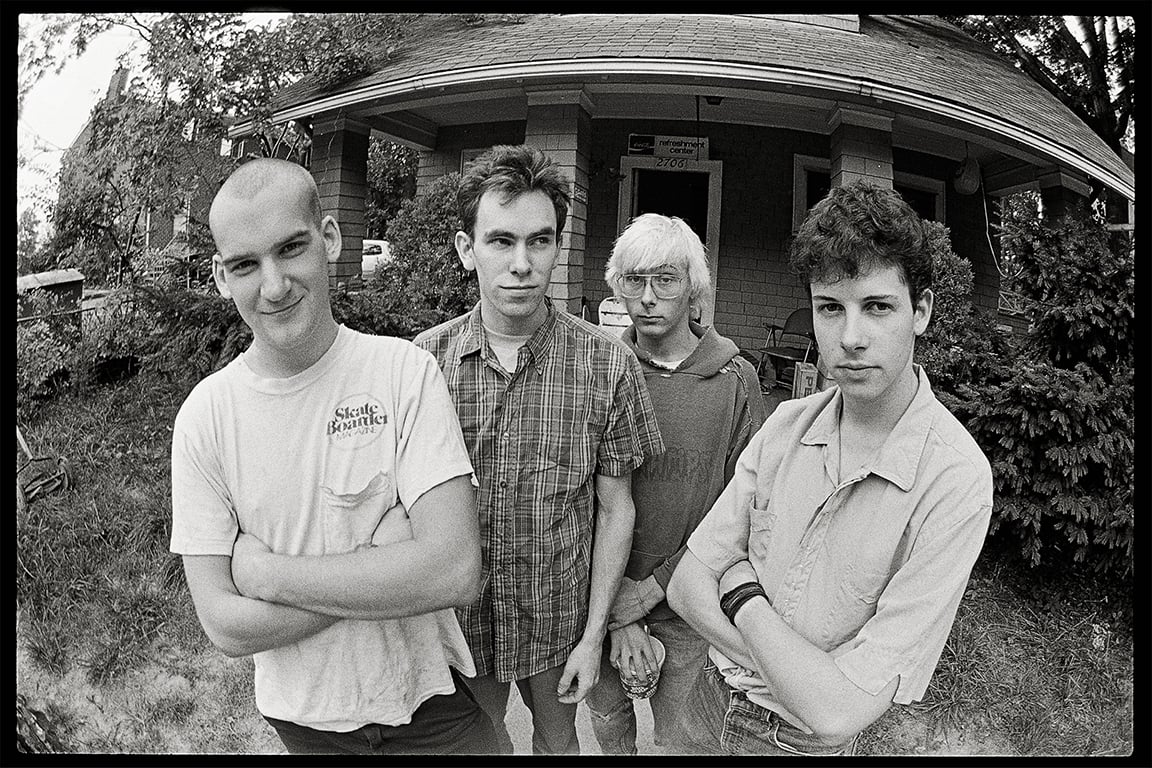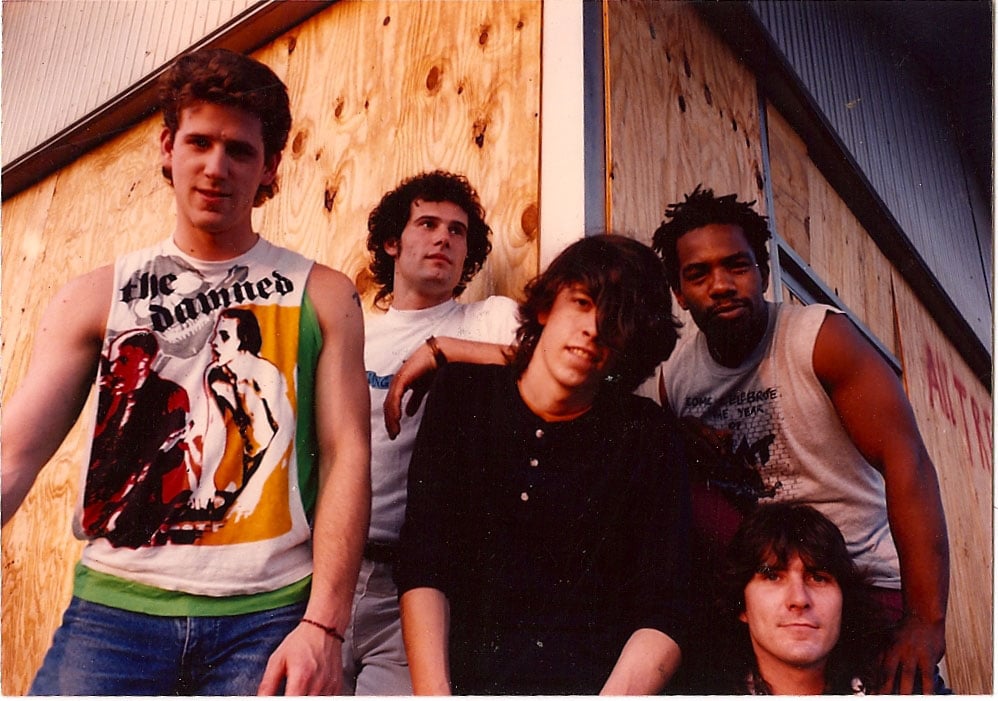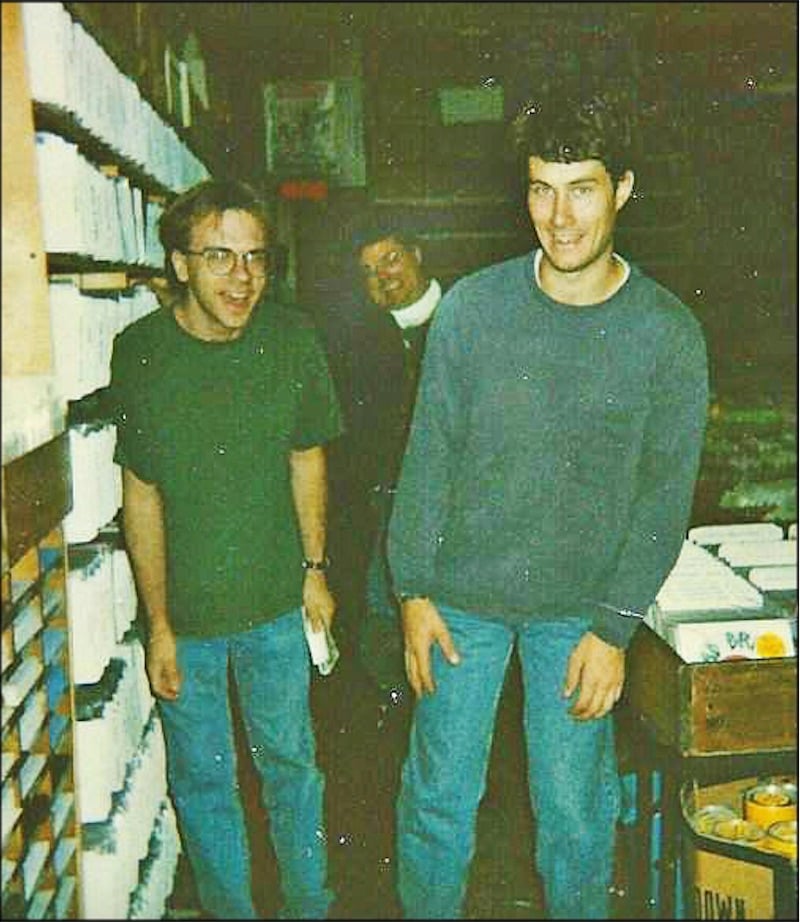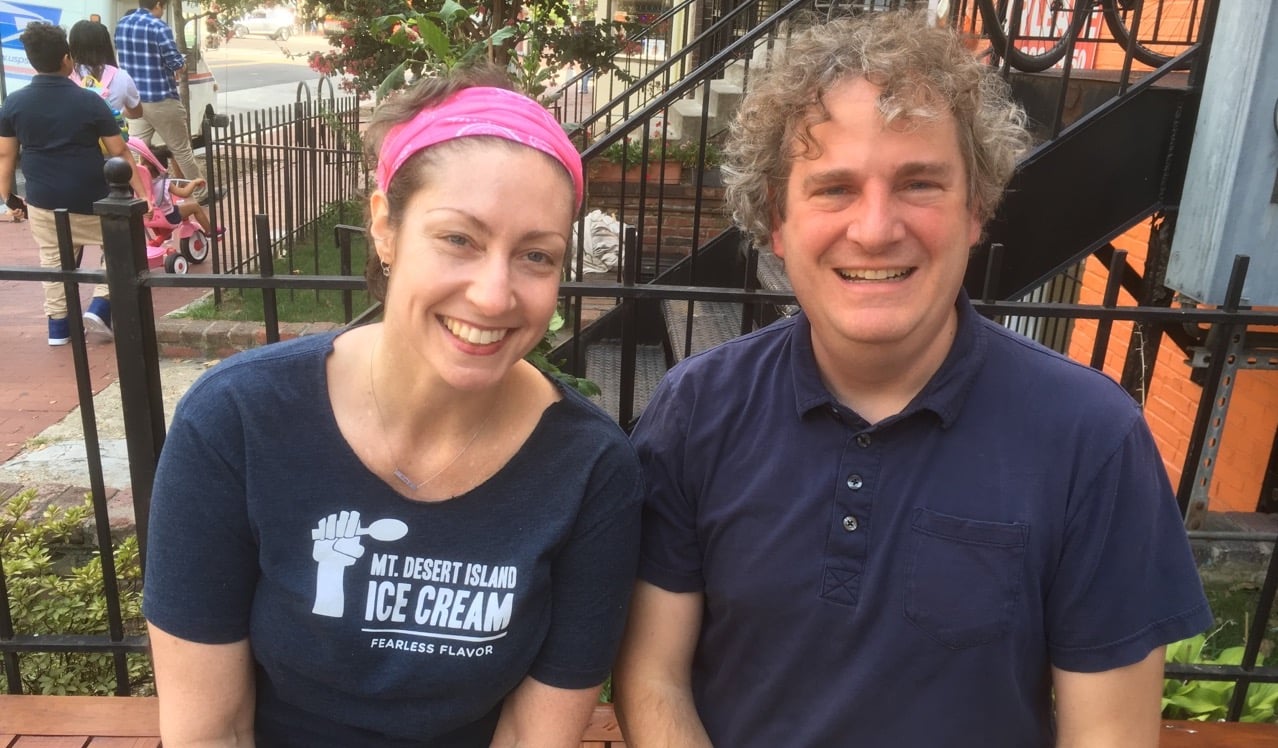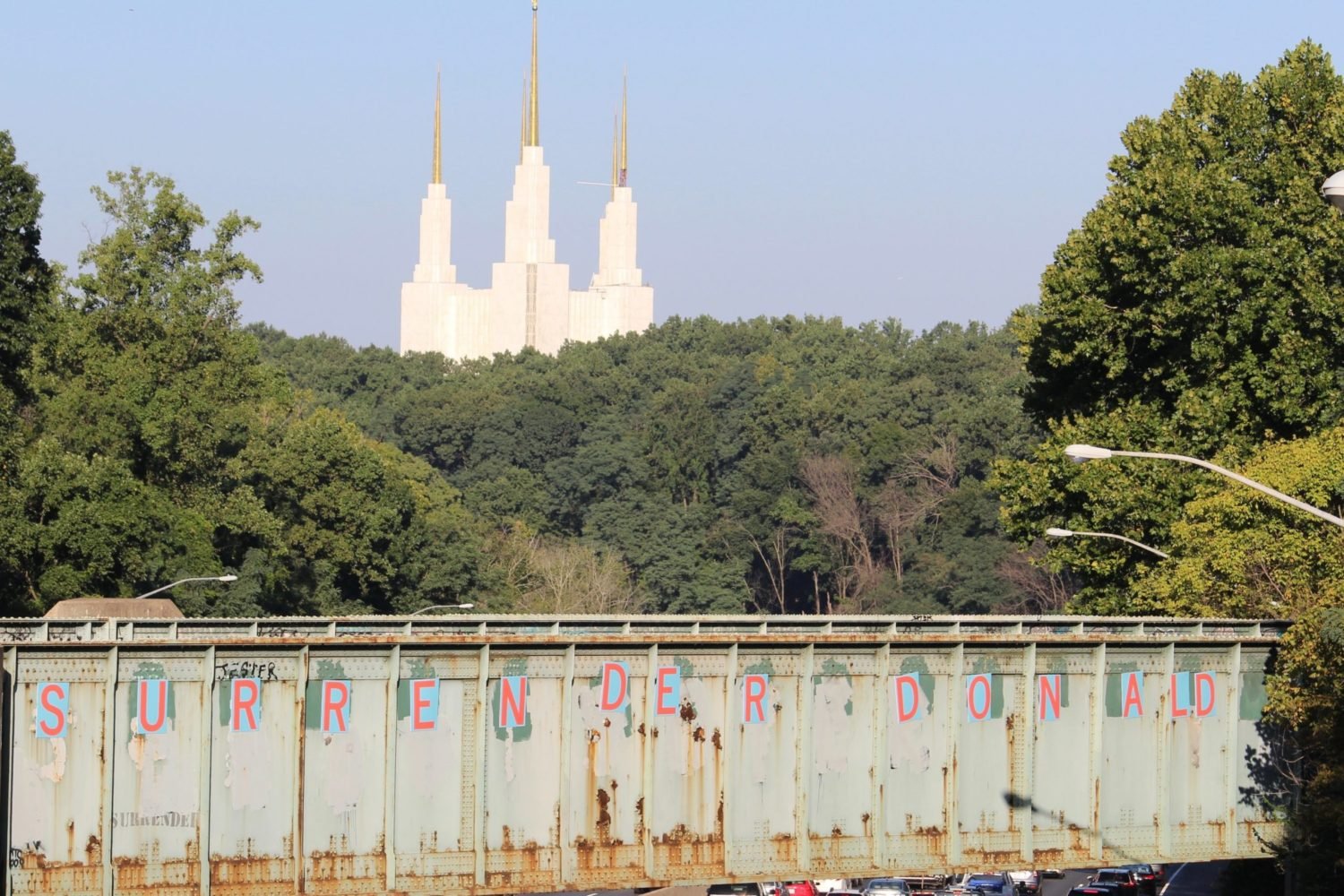Even as a teenager, Glen E. Friedman was already an established skateboarding photographer when he began to shoot the band Minor Threat in 1982. The members of the DC-area hardcore band were familiar with Friedman’s images of skating legends like Tony Alva, Jay Adams, and Jim Muir that populated publications like SkateBoarder magazine. “They had seen my work; they knew what I did,” he says. To welcome Friedman to photograph a July 1982 show in Torrance, California, “wasn’t that much of a stretch” for the group: “They were skaters,” he explains.
Friedman’s new book, Just a Minor Threat: The Minor Threat Photographs of Glen E. Friedman, represents a near-emptying of his archive of photographs of the influential group, which featured Friedman’s now close friend Ian MacKaye on vocals. Over the course of 13 months, Friedman estimates, he took 200 photos of Minor Threat, 140 of which are in the book. Anything that didn’t make it was flawed, he says: Someone’s eyes were closed, a flash didn’t go off, the focus wasn’t quite there.
What it means for the music fan is an almost Kinetoscope-like document of Minor Threat shows in California, New York, and DC as well as more than a dozen photos from the shoot that produced the famous cover photo for the group’s posthumous “Salad Days” EP, on the front porch of the Arlington house where MacKaye and Minor Threat drummer Jeff Nelson lived and ran the Dischord label.
There are essays from fans like Rage Against the Machine singer Zack de la Rocha and Guy Picciotto, who would later join MacKaye in Fugazi. “The thing about Minor Threat is that they wrote hits,” Picciotto writes in a piece that reminds readers Minor Threat weren’t simply an important band—they were a very good band, too. “These were songs engineered as much as any Pete Seeger song for crowds of kids to sing along to at the top of their lungs.”
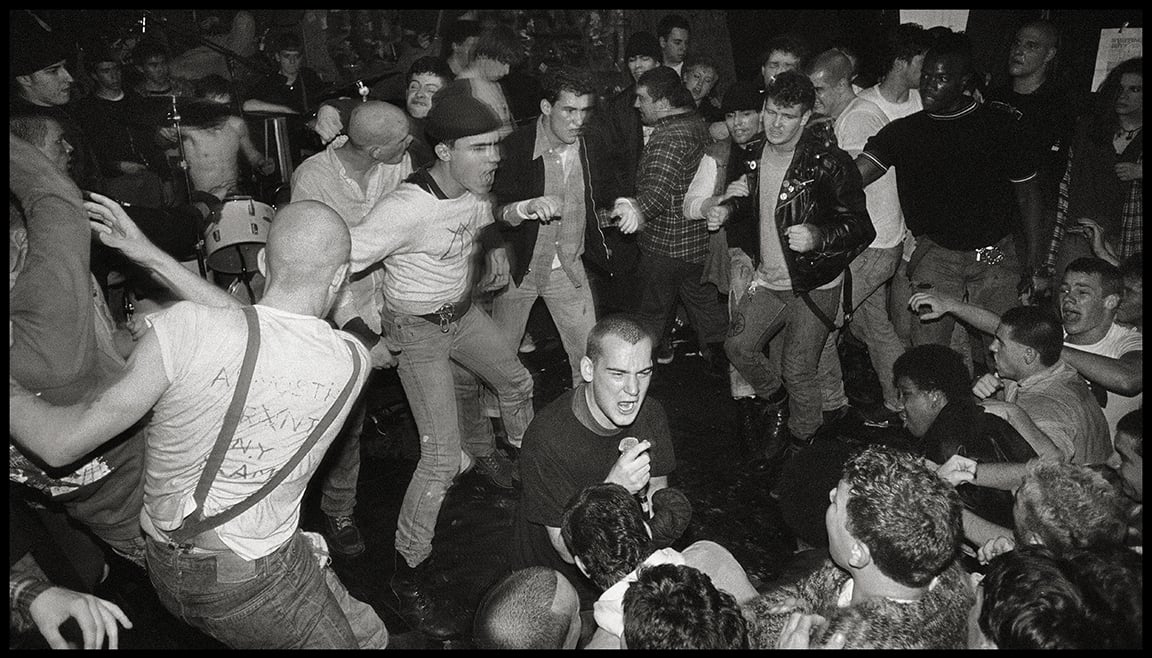
Friedman writes in the book that the band’s first seven-inch single didn’t move him but that he soon became a fan and when he saw the group play, was blown away by what he calls the “hydrogen bomb of excitement” onstage. But more than that, he tells Washingtonian, he was impressed by the band’s commitment to not being remote and acting like rock stars. “You didn’t look up to Minor Threat,” Friedman says. “You looked at them.”
He still resists the title “photographer,” preferring to think of himself as less a documentarian than an artist who wanted to share what Minor Threat made him feel, or, as he puts it, for “people to fucking be kicked in the ass like I’m being kicked in the ass.” The sensibility he honed photographing skaters gave him an advantage when shooting the seeming chaos of hardcore shows—he positioned himself to be in the right place to frame each shot so the images were imbued with Minor Threat’s energy. To some people, the resulting pictures will “just look like every other punk rock image,” he says. “I’m not going to deny that, but I think that there is an eye for composition in a lot of my work.”
The book includes some terrific portraits of Minor Threat. Friedman would go on to become a sought-after portraitist who made famous images of artists like Public Enemy, Beastie Boys, and A Tribe Called Quest, among many others. (He also took some pretty well-known photos of Fugazi.) “They were just a great band,” he says of Minor Threat. “Their lyrics were incredible.” MacKaye’s lyrics, he says, “express things that many of us feel all the time but can’t put into words.” That kind of inspiration was something he tried to capture in his photos.“And goodness,” he says, “what’s a greater honor on this planet than to inspire people?”
Just a Minor Threat: The Minor Threat Photographs of Glen E. Friedman is out now. Friedman and MacKaye will discuss the book at Martin Luther King Memorial Library on Sunday, October 8, at 2 PM.

